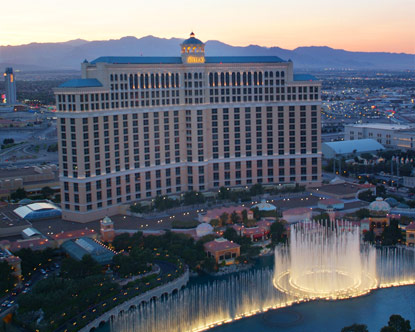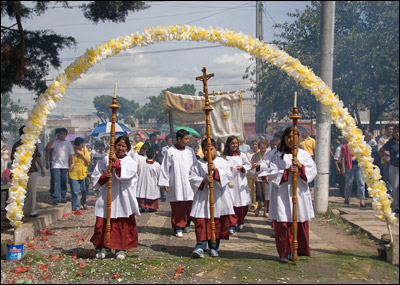United Arab Emirates History

The history of the Arabian Peninsula plays a great part in the world stage today. The peninsula lies in the southwest region of Asia, at the concourse of Asia and Africa. It comprises six distinct coastlines including the Persian Gulf, which is deemed one of the most important for its abundant oil reserves. The Persian Gulf plays a large part in the United Arab Emirates, not only geographically but politically as well. The Perpetual Maritime Truce was an agreement signed circa 1850 by the Arab sheikdoms and the British denoting an important time in the history of the Arabian Peninsula. This new truce merged decades-old truces were considered to be temporary solutions.
The truce was essentially a recognition by the sheikhdoms of British control in the Persian Gulf and the allowance of the shipping industry to operate in the Gulf without any interference. This part of the history of the Arabian Peninsula marks a paramount time in United Arab Emirates history as well. These collective sheikhdoms would eventually be known as the seven emirates including Dubai, Sharjah, Fujairah, Ajman, Umm Al Quwain, Ras Al Khaimah, and the largest of them all, Abu Dhabi. The collective sheikhdoms were allies that were recognized as the Trucial States. Circa 1900 international accord, created by several world powers, allowed the British to remain as the area’s major influence.
Though Arabian culture stems backs thousands of years, some consider the most important part of UAE history to be when the Trucial States were formed. The Trucial States remained a collection of sheikhdoms, each with their own distinct needs and goals. They had the same borders as the UAE does today. Though essentially ruled by Britain, the country was once also occupied by the Portuguese, then Omanis and later the Persians. The Persians were eventually driven out by two of the area’s most prominent tribes, the Bani Yas Bedouins and the Qawasim seamen from Ras Al Khaimah.
The British did have control during this period of UAE history, although the collective sheikhdoms carried on with their regular lives up until the 1950s. After the Imperial curtailment in Europe, the British slowly let go of their powers of the Arabian culture. Oil, a large part of United Arab Emirates history, was discovered in the region not long after and helped the economy to thrive like never before. This gave the Trucial States a true fighting chance to build their own country up without any interference. They became independent in December of 1971. After this time period in UAE history, there was some instability but the situation was largely managed by ruling families in Abu Dhabi and Dubai.
Over the years in UAE history since the emirates have unified, they are now active in the political scene in the Middle East. Their importance was increasingly recognized as they built one of the most impressive tourists destinations in the world. Despite ongoing strife in the region, the UAE is considered a very safe place to enjoy holidays. Arabian culture has started to wain in the UAE as the expat population grows, comprising more than 80% of the country’s total population. Though there’s a large contrast in eastern and western ideals, the Emirati are very tolerant of the changes in their country.
The many extraordinary attractions throughout Dubai make it the top destination for vacations. Though United Arab Emirates history may have had a somewhat volatile beginning, the country has managed wealth and infrastructure extremely well. From the golden beaches of Jumeirah Beach to the incredible Palm Islands, Dubai outdoes itself year after year. The many things to do in UAE paired with the region’s exotic desert landscape, seaside destinations, beautiful mountains and year-round warm weather make it the hottest holiday destination the Middle East.


